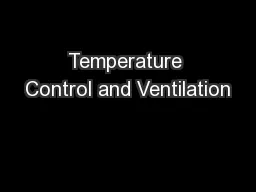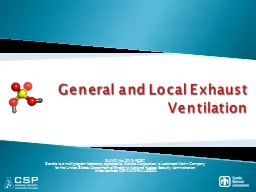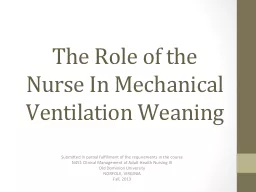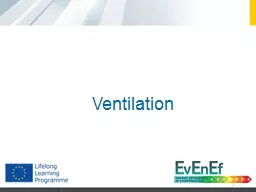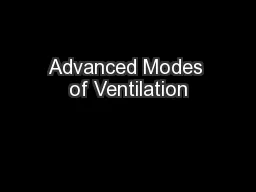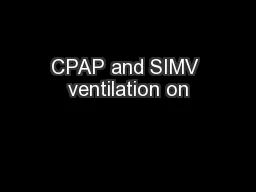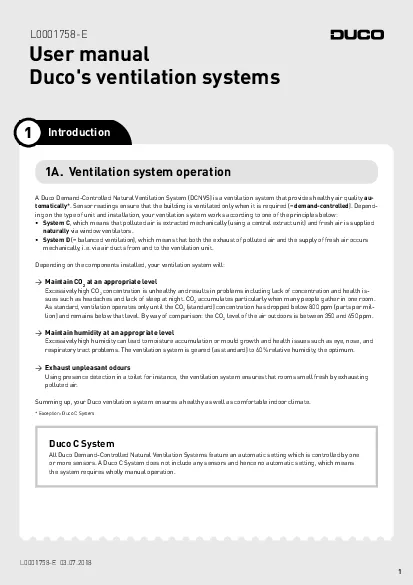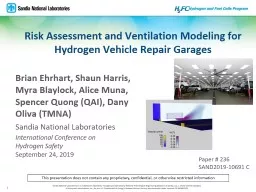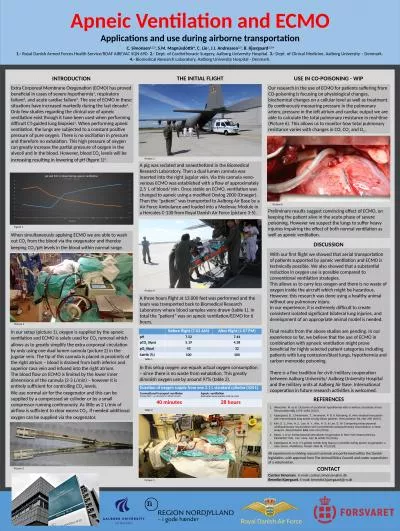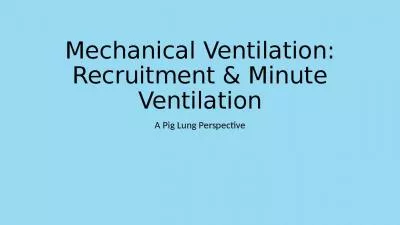PPT-Temperature Control and Ventilation
Author : pamella-moone | Published Date : 2016-07-27
Home and the work place Conduction The transfer of heat through a solid Particles that make up a substance are vibrating all the time As heat is applied vibrations
Presentation Embed Code
Download Presentation
Download Presentation The PPT/PDF document "Temperature Control and Ventilation" is the property of its rightful owner. Permission is granted to download and print the materials on this website for personal, non-commercial use only, and to display it on your personal computer provided you do not modify the materials and that you retain all copyright notices contained in the materials. By downloading content from our website, you accept the terms of this agreement.
Temperature Control and Ventilation: Transcript
Download Rules Of Document
"Temperature Control and Ventilation"The content belongs to its owner. You may download and print it for personal use, without modification, and keep all copyright notices. By downloading, you agree to these terms.
Related Documents

